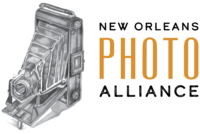For this month’s BookLENS, former NOPA president and creative nomad, Sesthasak Boonchai is interviewing Isaac Diggs and Edward Hillel about their recently published book: Electronic Landscapes: Music, Space and Resistance in Detroit.
Electronic Landscapes: Music, Space and Resistance in Detroit (EL) celebrates Detroit’s techno, house and hip-hop musicians who construct home studios, renovate buildings and sustain community despite increasing pressure from land development and speculation. It sheds a fresh light on the city’s cultural significance and further contextualizes its current resurgence. Readers are invited to glimpse rarely seen aspects of Detroit’s electronic music culture, and to reflect on historic and contemporary places in Detroit’s landscape related to it. Featured musicians discuss their process and the significant link between race, space and cultural production, a theme expanded upon in EL’s new publication by scholars Dora Apel and Carla Vecchiola, and internationally renowned DJ, John Collins.
PURCHASE Copies of EL at Kris Graves Projects
Sesthasak Boonchai : How much did you know about the history of Electronic Music in Detroit before starting the project?
Edward Hillel: I knew nothing about Detroit Electronic Music. I’ve long been listening to Jean-Luc Ponty and Kraftwork- that’s as electronic as I got. I learned about it from working on the project with Isaac, meeting the musicians, listening, reading, and chasing the light. Isaac Diggs: I knew very little about Detroit’s contribution to the development of electronic music before starting the project, but I was prompted to explore it because of a growing interest in “dance music” and sounds I was hearing thanks to DJs like Benji B and Gilles Peterson on BBC. What followed after was a lot of reading, listening, and talking to musicians and others we met along the way.
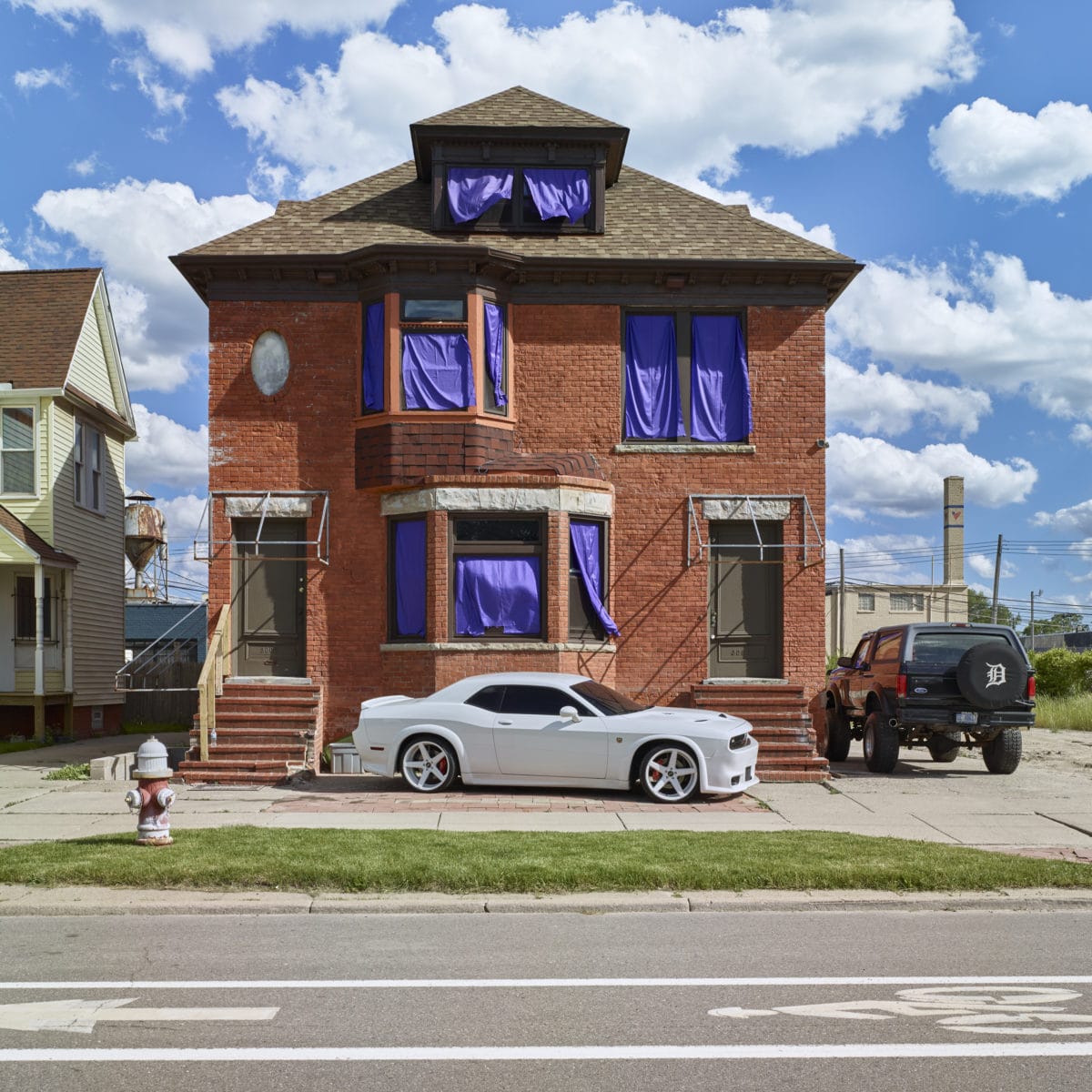
SB: That being the case, would you say Detroit brought you to the Music or the Music brought you to Detroit?
EH:I’ve had a long interest in Detroit as a post-industrial urban phenomenon. While that was the initial pull, it was quickly superseded by the extraordinary sub-culture of Electronic Music musicians, djs and producers who expanded our ideas about music, creativity and how that can shape urban landscape. ID: The music brought me to Detroit. My first visit was in 2011 for Movement Festival.

SB: This is your second collaboration and book. Was the process “easier” the second time
around?
ID: The process was more complex because there were more people involved and we were traveling to a different city to work - definitely not our “home” turf. Three executive producers helped us establish relationships and provided material support for our trips, not to mention the twenty or so artists we worked with to realize the majority of images for the project.
SB: What was the distribution of labor like in terms of photography, interviewing and networking, etc?
ID: We reinvented the process this time. A methodology was created for 125th: Time in Harlem that consisted of us meeting up to photograph together with a 4x5. Because of the logistics involved in traveling to Detroit and both of us not always traveling at the same time, we developed different ways of collaborating that didn’t depend on us both being next to the camera constantly. For example, one of us might photograph while the other was conducting an interview on-site. Or while one of us was photographing in Detroit, the other was researching and communicating with writers for the book back in NYC. EH: Thank you Isaac, perfect answer.
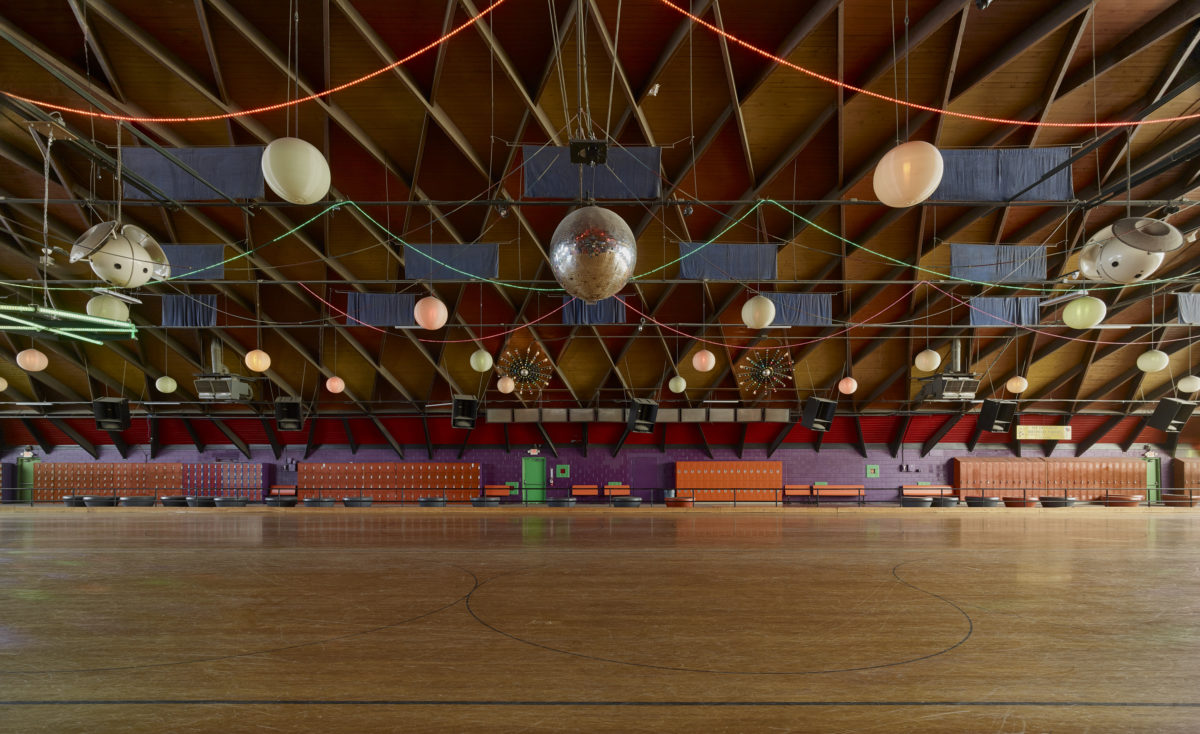
SB: Given the subject matter of the book, and the intense history of Labor, Industry, Unions, and Collectives that weave the tapestry that is Detroit, was it essential that Electronic Landscapes be created as a collaboration?
EH Yes we needed to listen to all those voices, whether through our research, urban explorations or photography. Forming this material into a narrative was due to the dialogue between the two of us around the issues the project raised. That was essential in making this work.

ID:Yes. Outside of the history of collective endeavor you reference, our position as curious outsiders made it essential that we find people willing to collaborate and help guide our work who were Detroiters and knew the “scene” intimately. We certainly didn’t want to give the impression that we were parachuting in to extract resources - information, images, grant funding, etc - and then leave. So we spent a lot of time building relationships and returning to Detroit to work; I believe the book reflects the time spent and our commitment to the city and the wonderful musicians we photographed.
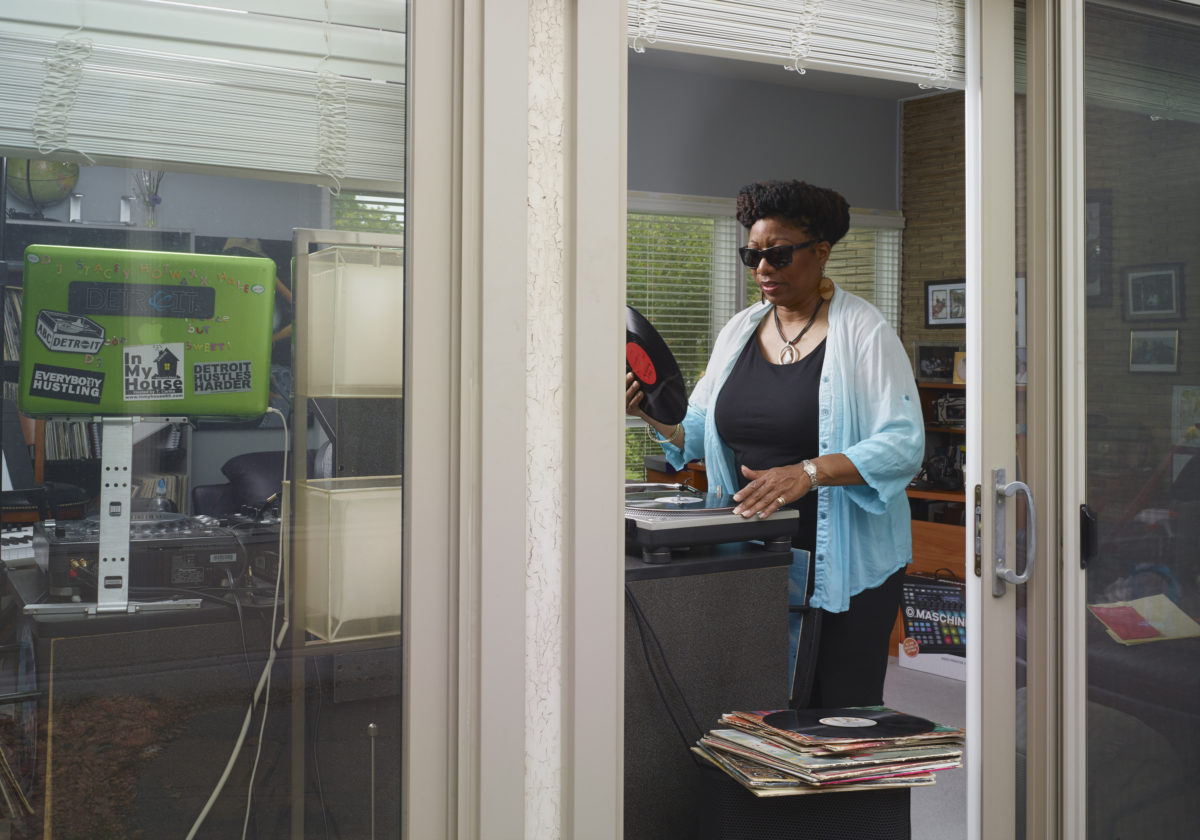
SB: One of my favorite things about Electronic Landscapes is how much looking at the photographs feels like digging through crates at a record store. It doesn’t matter if you are flipping from front to back or back to front, the layout of the book invites you to chart your musical journey. Was this something that evolved or was it planned from the beginning?
ID:Thank you! That’s a wonderful compliment and the viewer’s experience of the work in book form was something we thought about early in its design. We wanted to drop the viewer into the visual imagery immediately and allow connections between images to emerge organically without recourse to text. That information and more comes in the back half. Our intention was that readers return to the front half inspired with new knowledge and insights provided by the back half which contains essays, interviews, the “Artist’s Index” and “Topography of Place” sections. EH:. Great observation Seth. Isaac and I like to explore strategies of creating books like three-dimensional structures. How many different ”vantage points" can we set up for the viewer to explore the book, and by extention, the narrative it lays out. This was the basis for our discussions with our designers Wax Studios.
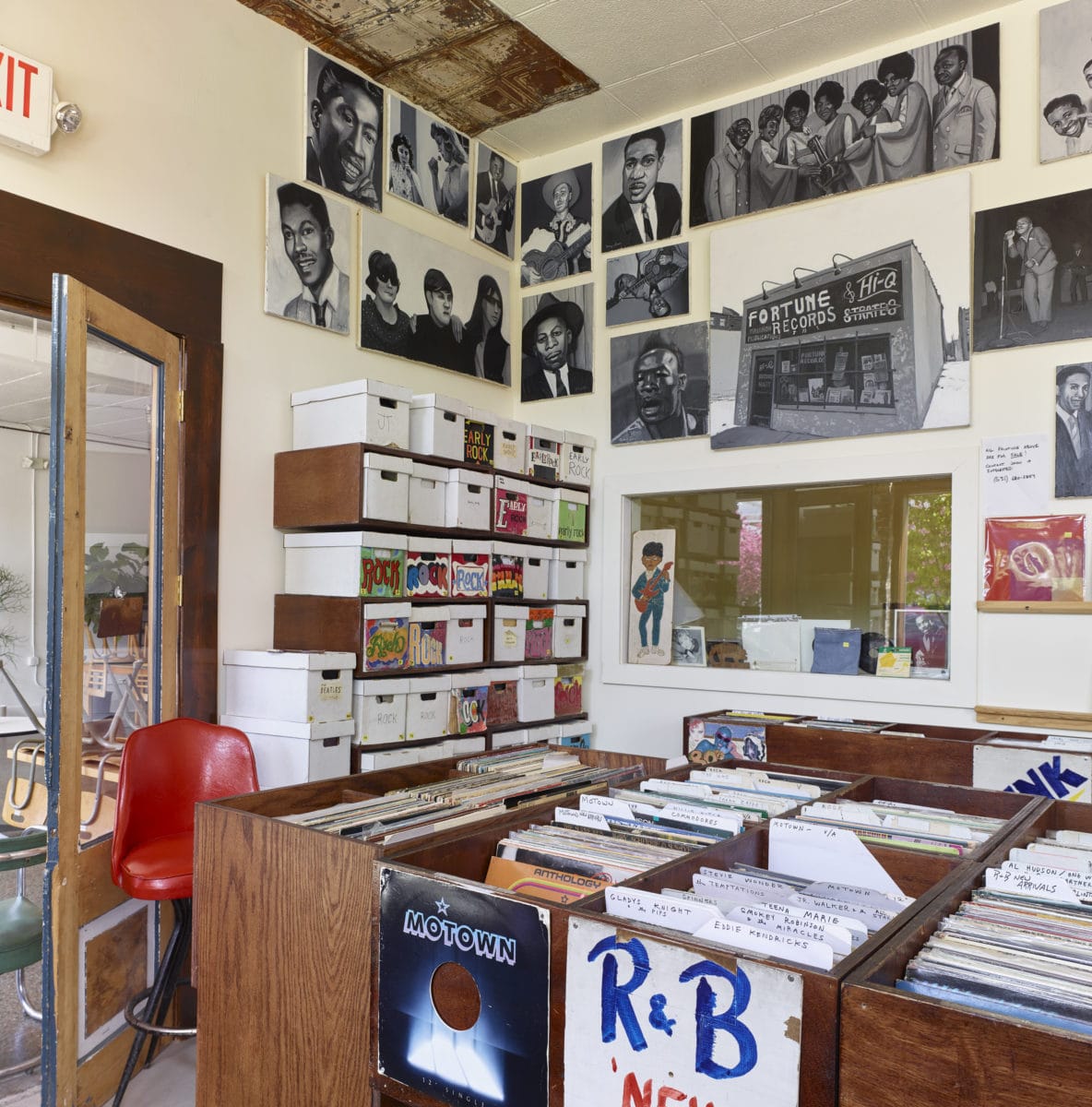
SB: John Collins, Jason Hill and Ryan Robertson are the Executive Producers of this project. Were they early supporters of the project ?
ID: I met all three of them at the same time in the same place (Submerge Records) during my second trip to Detroit in 2013. It was quite a fortuitous moment that gave me hope that the project, as imagined then, could happen.
SB: Can you expand on how essential their cooperation was to the overall success of Electronic Landscapes ?
ID: John, as a talented and well respected DJ and member of Underground Resistance, was absolutely essential to the project as he introduced us to other musicians and spaces in Detroit we needed to pay attention to. A “good word” from John goes a long way. All three of them provided material support and made it possible for Edward and myself to work comfortably while in Detroit.
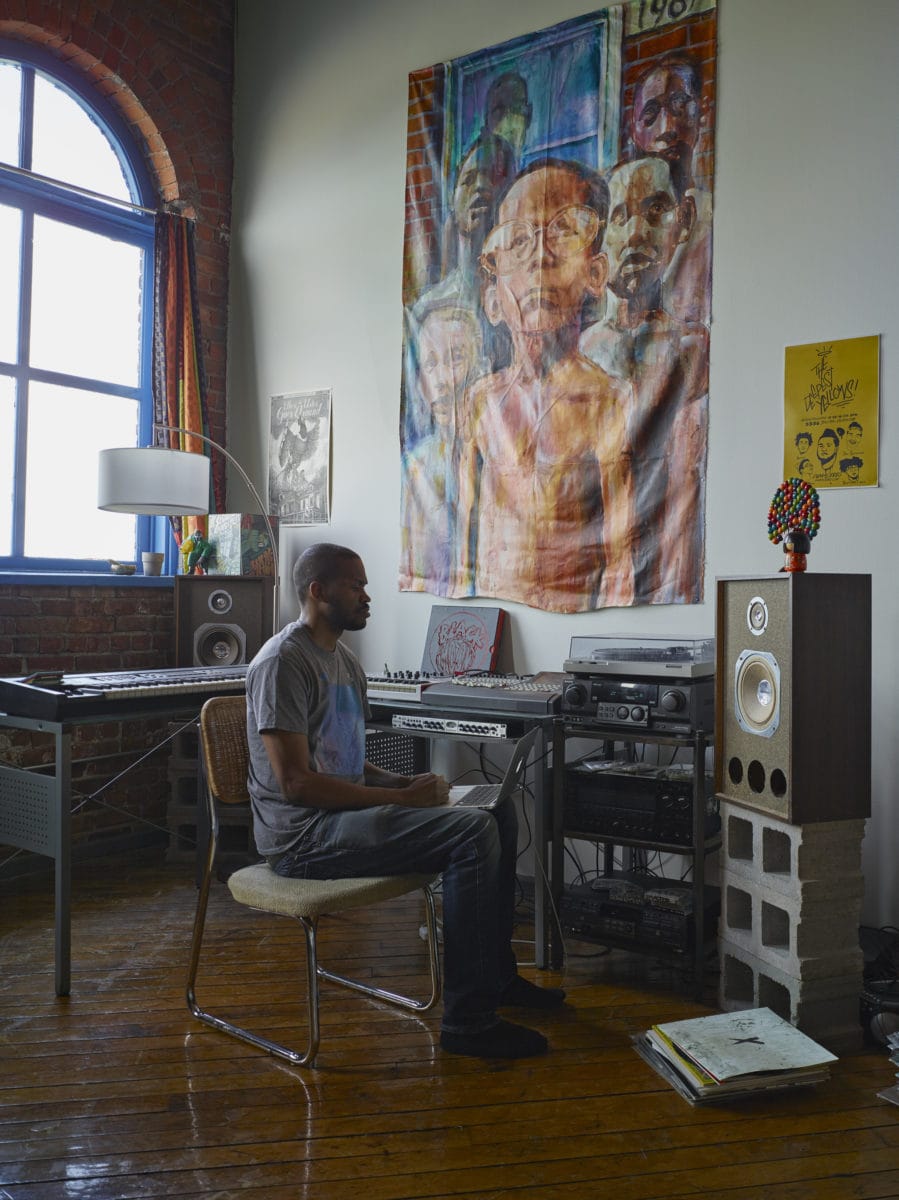
SB: Any chance of a B-Sides collection of Electronic Landscapes ?
ID: We’re too busy pushing this A-Side right now! EH: This has been mentioned several times already, so maybe it’s a “thing”. We both feel in one way or another, our work in Detroit is not complete. We are currently developing a site-specific installation based on Electronic Landscapes at the Heidelberg Project, which should hopefully be presented in 2022 (https://www.heidelberg.org)
SB: Have you started exploring the Detroit-Berlin Connection?
EH:In making this work over the past 7 years, Berlin was ever present: in conversations with musicians (they’ve mostly all played there); and in reading about the galvanizing role Detroit Techno had on the actual dismantlement of the Berlin Wall. This awesome Collectors’ Edition box-set of vinyl of Detroit Techno was just released by Tresor, the pre-eminent techno club and production house in Berlin: Tresor 30 Box Set ID: Indeed! More to come ...
SB: Can you recommend some playlists / apps / stations or websites that would give your readers a good soundtrack while experiencing Electronic Landscapes?
EH: Sign up to their mailing lists, buy records, tell your friends about them... ID: I would recommend checking out music by any one of the musicians profiled in the book. And once you’ve identified sounds you like, please BUY the music or go out and hear them play in Detroit or as they gig across the country and internationally. Many are artist entrepreneurs who have their own record labels; purchasing the music (and related “merch”) supports that.
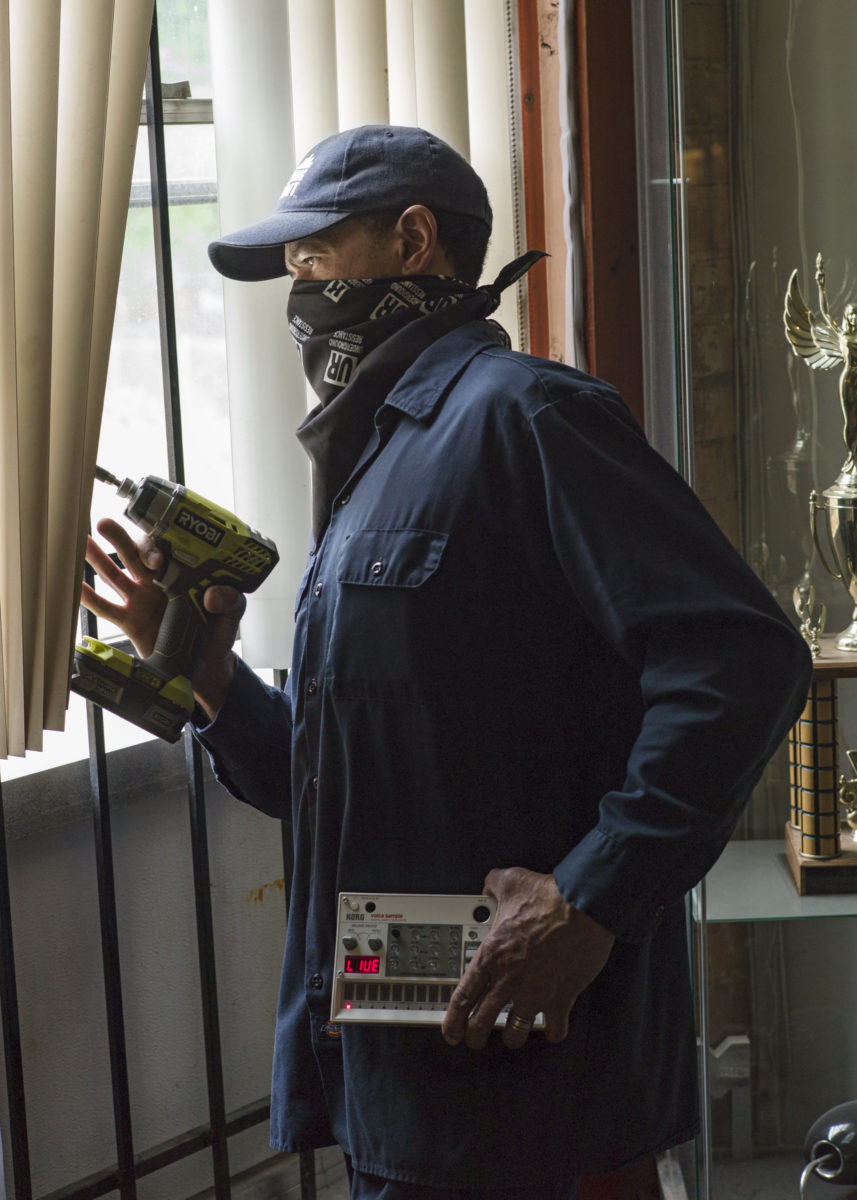
PURCHASE Copies of EL at Kris Graves Projects
Artist and educator Isaac Diggs explores the urban fabric of cities in the United States and abroad. He has published books on Lagos and Los Angeles, and his photographs have been exhibited nationally and in Japan. Isaac received his B.A. in English Literature at Columbia University, M.F.A. in photography from Bard College and is core faculty at the School of Visual Arts in New York. His work is represented in public and private collections.
Artist Edward Hillel focuses on themes including community, human rights, memory and place. Working in the spheres of archival research, documentary or performance, his process is a form of social practice, questioning hegemonic narratives within a framework of dialogue and collaboration. His work is represented in public and private collections, and has been widely exhibited and published.
Isaac and Edward met in 2004 in Harlem, New York, and began a photographic collaboration soon thereafter. Their first project 125th: Time in Harlem, was exhibited and published in 2014. Electronic Landscapes is their second project together.
